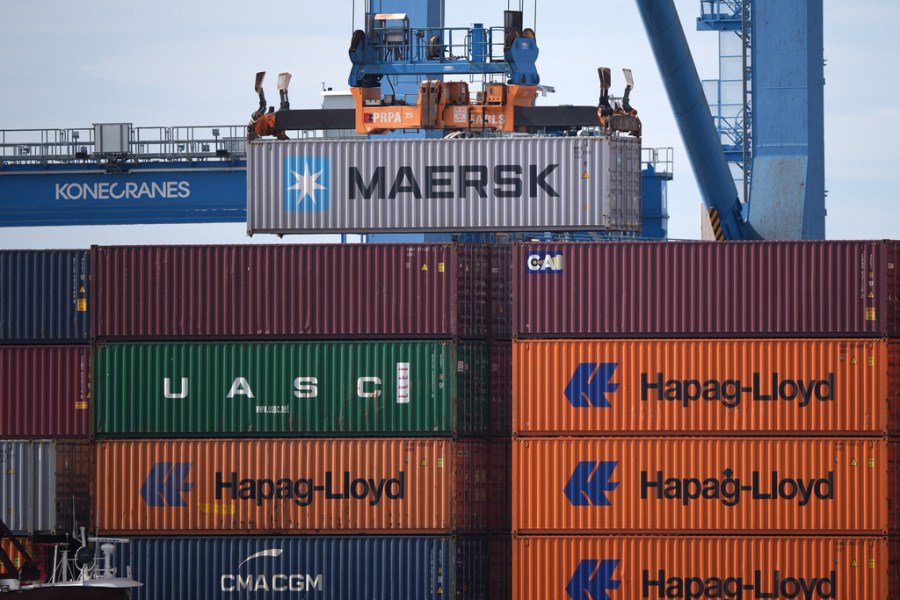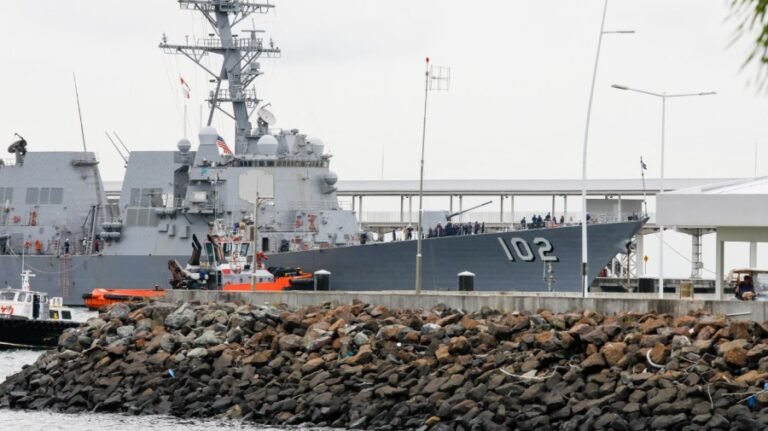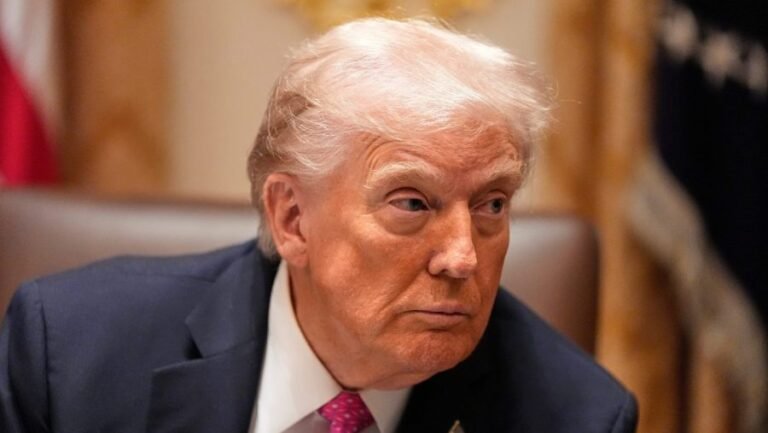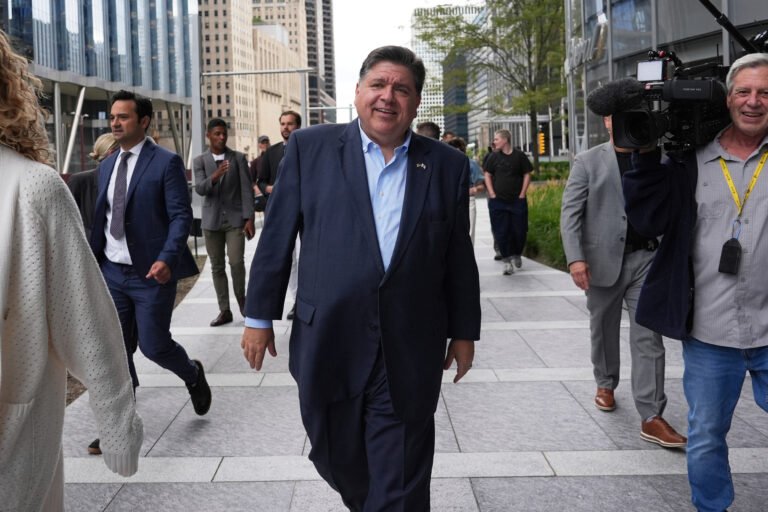
President Trump believes his vow to halt outsourcing and turn America into a manufacturing superpower is a “promise kept.” But as factories continue to cut jobs, the reality looks starkly different.
Even with the government shutdown delaying data, few expect good news about manufacturing. The Center for American Progress projects that the manufacturing sector shed 12,000 jobs in August alone — 42,000 since April, when “Liberation Day” tariffs kicked in.
Those figures stand in sharp contrast to the 765,000 manufacturing jobs added under President Biden, underscoring the reversal driven by poor policy and a harsh economic climate.
The Trump administration’s approach to visas is compounding that weakness. The latest $100,000 fee on H-1B applicants, meant to curb abuses, has instead alarmed firms that rely on global talent. Silicon Valley manufacturers companies are talking openly of moving operations abroad — precisely the outcome the policy was meant to prevent.
That anxiety has reaped national security ramifications. In the past couple weeks, Beijing rolled out its “K Visa” program just as Washington tightened the screws, and India is responding warmly. Indian nationals account for roughly 70 percent of H-1B recipients in the U.S. If that pipeline shifts eastward, the next generation of high-tech innovation could soon be rooted in China.
Losing that edge would strike at the heart of America’s most productive industries. More than half of U.S. billion-dollar startups were founded by immigrants, and high-tech manufacturing delivers 37 percent more output per worker and 53 percent more to GDP per employee than traditional factories. Cutting off access to the people who drive those gains does not secure America’s industrial future. It puts it at risk.
Tariffs were meant to provide the other side of that protection, shielding domestic firms from foreign competition while giving Washington leverage abroad. In some cases, the tactic has worked: Indonesia, for example, agreed to eliminate duties on nearly all U.S. goods after months of pressure.
Yet for most manufacturers, tariffs mean higher operating expenses rather than new opportunities at home. J.P. Morgan found that import prices rose almost dollar-for-dollar with the new duties, leaving U.S. companies to absorb nearly the entire burden. Meanwhile, KPMG asserts that 44 percent of large firms raised prices in the last six months as a result, with more hikes still expected.
Higher tariffs may give Washington a temporary revenue bump, but for factories already strained, they represent another reason to look overseas.
Even labor disputes now feed into this calculus. At Boeing, a nine-week strike over a contract that included 20 percent raises and signing bonuses has already pushed management to outsource tasks and train replacements. It might be a negotiating tactic against unions, but it also reflects the pressure of rising costs that make domestic production harder to sustain. With labor expenses climbing 78 percent over the last decade, more firms now find themselves weighing the same choice Boeing faces: whether to keep operations in the United States or shift them abroad.
Other countries are wrestling with their own versions of this tension. In Bangladesh, where garments make up more than four-fifths of exports, the government is weighing labor reforms that would allow unions to form with just 20 workers. Industry groups warn this could splinter factories into rival unions, empower opportunistic groups and trigger strikes that paralyze production. That instability would scare off investors and disrupt the tight shipping schedules global buyer’s demand. Coupled with Washington’s 20 percent tariff hike, even modest unrest could drive orders to Vietnam, India or Indonesia.
The calculus may be cold, but Washington is not powerless. Abuse of the H-1B system is real, but setting a prohibitive fee drives away firms that genuinely need talent. Canada’s Global Talent Stream has shown that processing can be sped up while wages are protected. Britain’s High Potential visa has attracted graduates from the world’s top universities without distorting its labor market. Both demonstrate that reform can combine openness with safeguards.
Tariffs require the same kind of precision. Other countries have shown a scalpel works better than blanket duties. The European Union has adopted quota-based safeguards on steel, imposing tariffs only when imports surge beyond set thresholds.
Meanwhile, India seeks to reduce tariffs and phase out extra levies on imports while keeping higher protection on finished goods to support local industry. These targeted approaches protect key sectors without crushing every factory that relies on imported resources — the balance Washington needs to strike quickly.
The thread running through all of this is clear. Factories stay when the numbers add up, not when leaders posture. If America wants its manufacturing future secured, it must welcome talent and compete with precision. Otherwise, the very shield meant to save American manufacturing will end up accelerating its decline.
Paulina Velasco is a former investment officer for the Malaysian consulate and a seasoned political strategist with more than 15 years’ experience leading large-scale communications campaigns across California.






